With the numerous competing demands on her time – work commitments, child care, running the home, and social obligations, along with the fulfillment of personal goals – many women in our contemporary society struggle to find balance. The condition of one’s home is, however, often an overlooked source of stress. Clutter can zap energy, divert attention, and make the performance of everyday tasks feel like an enormous, disorganized, and chaotic effort.
However, when a home is well organized, it becomes far more than just neat. It transforms into a sanctuary: a place of calm, efficiency, and clarity. In fact, home organization isn’t just a nice-to-have aesthetic goal — it can play a tangible role in reducing stress, improving mental health, and boosting productivity, especially for busy women.
How decluttering and arranging your surroundings can induce calmness, a sense of control, and a lighter mentality. After that, I’ll provide practical first steps, routines to keep, and typical mistakes to steer clear of. In the end, I’ll respond to common queries to enable you to act firmly and permanently.
Why Home Organization Matters (Especially for Busy Women)
Before we get into how, let’s first examine why organizing your home can significantly reduce stress. These benefits have been documented in psychological, health, and organizational research.
1. Reduces Visual Clutter and Mental Overload
One of the primary ways your home environment affects your mind is through visual cues. When there’s clutter—piles of items, unfiled paperwork, mismatched storage—your brain continually processes those stimuli, even subconsciously. That extra cognitive load contributes to a feeling of tension or overwhelm.
When you simplify, reduce unnecessary items, and designate places for things, you remove many “visual reminders of tasks left unfinished” — thereby freeing your mind from constant background worry.
2. Enhances Sense of Control and Calm
Clutter often signals chaos. When we don’t know where something belongs or we have too many items to manage, it can feel like things are slipping out of control. In contrast, putting systems in place helps restore a sense of agency. You make decisions about where things go, and you reclaim your space as a place you manage—not one that manages you.
“Organizing your space can help reduce low-level stress” from knowing things will be—where they’re supposed to be.
3. Saves Time and Reduces Frustration
Time is a precious resource, especially for busy women. When you waste minutes (or longer) hunting for keys, documents, clothing, or kitchen tools, that adds friction to your day. Over time, that friction accumulates into stress.
Research supports that a tidy, organized home “shaves minutes off your daily routine” and helps avoid unnecessary purchases of duplicates. Also, clutter causes wasted time, which in turn creates anxiety.
4. Improves Focus, Sleep, and Mood
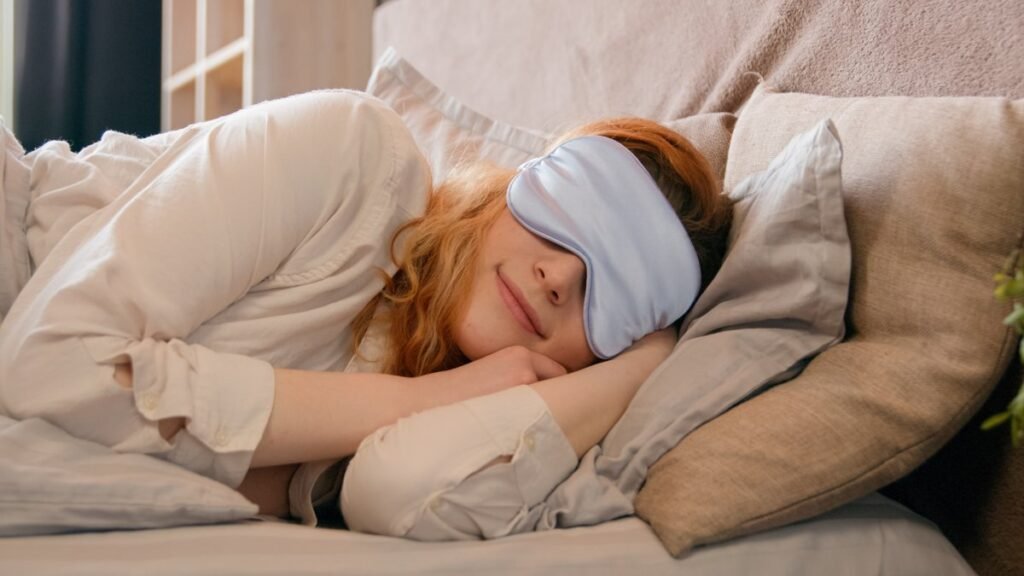
Sleepy beautiful woman waking up lying in comfortable white bed peeks out from under sleep mask opens eye happy smile fall asleep again girl female early good morning napping in cozy bedroom lazy lady. High quality 4k footage
Beyond immediate stress relief, organized spaces support deeper benefits:
- Better focus and productivity: With fewer distractions, your attention can stay on the task, not on stray clutter.
- Enhanced mood and emotional well-being: A tidy, serene space can boost your mood and reduce anxious thoughts.
- Improved sleep: Especially in the bedroom, clutter can disrupt relaxation and make winding down harder. An organized space supports better rest.
5. Acts as a Form of Self-Care
Organizing your home is not just chores — it can be a powerful act of caring for your well-being. When you commit time and energy to make your environment more supportive of your lifestyle, you tell yourself: You deserve a calm, functional space. That mindset shift alone can reduce internal pressure.
Thus, home organization becomes more than cleaning; it becomes an investment in mental health.
How Home Organization Reduces Stress: Mechanisms and Psychology
To really appreciate the impact, let’s look at the psychological and physiological mechanisms through which home organization helps reduce stress for busy women.
Activation of the Relaxation Response
When your environment is chaotic, your sympathetic nervous system (fight-or-flight response) can stay subtly activated. Messy surroundings may keep your brain on “alert.” In contrast, calm surroundings allow your parasympathetic system (rest-and-digest) to engage more easily, helping you feel relaxed.
Thus, consistent order in your living space becomes a gentle cue for your body to ease up.
Reduction of Decision Fatigue
Each day we make countless choices—what to wear, where to put things, how to manage tasks. When your home lacks organization, you face extra micro-decisions: “Where does this go? Did I leave something undone?” Each extra decision, even small ones, drains mental energy. Organizing your space reduces the number of micro-decisions you confront.
Breaking the Cycle of Clutter → Stress → Procrastination
Clutter breeds stress, which then can cause avoidance (you delay cleaning because you feel stressed), which leads to more clutter, and so on. By breaking that cycle and creating upward momentum (declutter → feel better → maintain), you reverse that downward spiral.
Agency over Boundaries
For many busy women, life feels full of decisions made by external forces—deadlines, family demands, errands. But choosing how to arrange your space is one domain you can control. Taking ownership of the small world you live in helps reinforce your sense of agency, which counters feelings of overwhelm.
Practical Steps to Begin Organizing Your Home
Knowing the “why” is helpful—but action is what unlocks change. Below is a step-by-step guide tailored for busy women to begin turning chaos into comfort.
Step 1: Start with Mindset and Intentional Vision
Before you roll up your sleeves, spend a few minutes imagining how you want your home to feel and function. Ask:
- What tasks or routines stress me most in daily life?
- Which zones in my home cause me friction (kitchen, entryway, closet, etc.)?
- What “vibe” do I want: calm, vibrant, minimal, cozy?
Step 2: Declutter — Let Go Redundancy
You can’t organize what you don’t own (or no longer need). Decluttering is essential. Use principles such as:
- Like with like: group similar items so you see duplicates or unnecessary extras.
- Use, love, keep test: For each item, ask whether you’ve used it in the past year, whether it brings you joy, and whether keeping it adds value.
- Be merciless. Let go of broken, unused, or redundant items.
Decluttering is emotionally powerful: letting go often feels like shedding weight—lessens your mental load.
Step 3: Create Zones and Systems
Once you’ve pared down, it’s time to set up sustainable systems:
- Assign a “home” for every item (keys, mail, tech, shoes, etc.).
- Use primary storage wisely: keep everyday essentials within reach, lesser-used items in secondary storage.
- Label bins, boxes, containers—labels eliminate guesswork.
- Keep systems simple: the easier it is, the more likely you’ll stick with them.
Step 4: Establish Routines and Maintenance Habits
One of the biggest mistakes is “one big cleanup” and then falling back into chaos. Instead:
- Daily micro-resets: spend 5–10 minutes tidying one small area. Over time, these small wins compound.
- Scheduled decluttering sessions: block an hour weekly or monthly to review items and reset zones.
- Use a timer method (e.g. 20 minutes on, 10 minutes off) to prevent burnout.
- Make organization non-negotiable (e.g. “After dinner, I put away all items in the living room”)
- Involve others in the household—assign clear roles or shared zones.
Step 5: Use Smart Storage Tools and Design
Physical aids can reinforce your new habits:
- Matching bins, drawer dividers, baskets, shelf risers, over-the-door organizers.
- Transparent containers so you can see what’s inside.
- Vertical storage: use wall space, hooks, pegboards to free up floor areas.
- Use the “80/20 rule” in organization — leave about 20% of space free so the area doesn’t feel crammed.
- Regularly reassess and tweak your layout as your needs change.
Step 6: Monitor, Adjust, and Reflect
As weeks go by, reflect:
- What zones are working? Which ones feel out of control?
- What habits are easy, and which ones fail?
- Adjust your systems to fit your lifestyle, not the other way around.
- Celebrate small wins — each improvement is progress.
Over time, organization becomes second nature.
Specific Zones That Cause Stress — and How to Tackle Them
Here are common problem areas for busy women, and suggestions to bring order:
The Entryway or “Drop Zone”
This is where clutter often accumulates—shoes, bags, mail, keys. To tame it:
- Use a tray or shallow basket for everyday items (keys, sunglasses, wallet).
- Add a small shelf or cubby for shoes.
- Wall hooks for bags or coats.
- A small bulletin board for urgent mail or reminders.
- Do a quick 1-minute reset at the end of the day: return stray items to their spots.
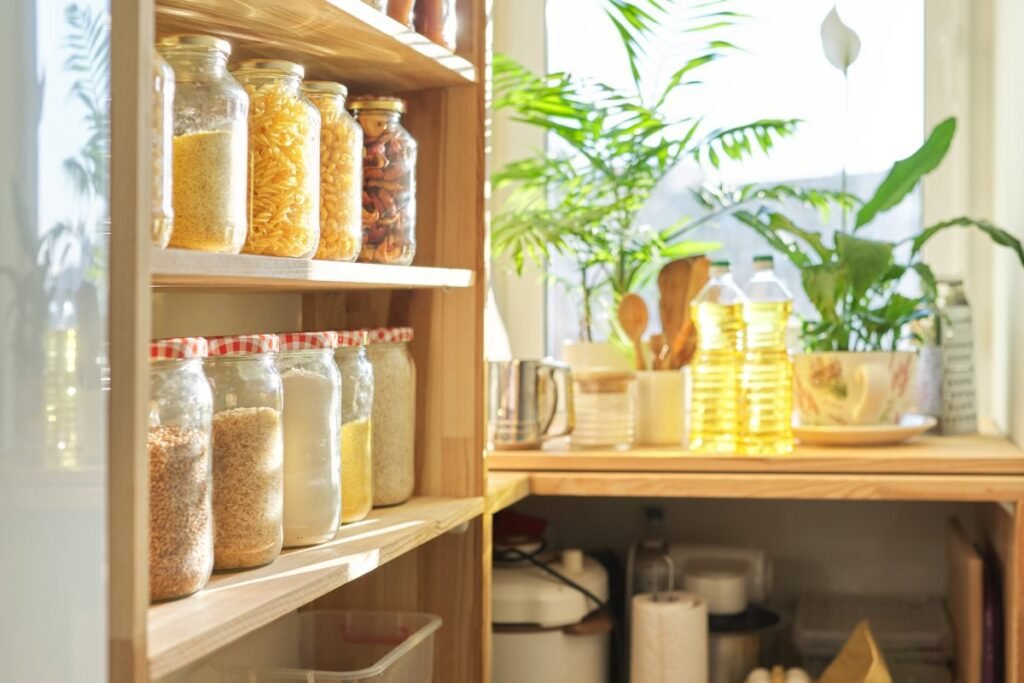
Food storage at home, sunflower oil on table in pantry. Pantry interior, wooden shelf with food cans and kitchen utensils
Kitchen and Pantry
Given how much time is spent here, disorganization can drain energy:
- Keep most-used utensils and plates within arm’s reach.
- Use clear containers or labeled jars for food storage.
- Use the First-In-First-Out (FIFO) method so you use older items first.
- Dedicate space for things like lunch prep, snack zones, or a command center.
- Reserve deeper or harder-to-access storage for seldom-used appliances.
Closets, Wardrobes, and Dressers
Clothes, shoes, accessories tend to multiply quickly:
- Use the “one in, one out” rule to prevent overflow.
- Fold and hang by category (tops, bottoms, outerwear) to simplify choices.
- Use drawer dividers for smaller items (socks, scarves, accessories).
- Seasonal rotation: swap out-of-season garments to secondary storage.
- Donate or discard items you haven’t worn in a year.

Home Office / Paperwork Zone
For women balancing work or personal admin at home, paperwork is a frequent stressor:
- Use a three-tray system: “To Do,” “To File,” “To Toss.”
- Go digital where possible — scan papers rather than storing stacks.
- Label files and use categories (bills, receipts, warranties, etc.).
- Empty your inbox (physical and digital) weekly.
- Keep your workspace clear — only items related to current tasks should remain.
Living Room & Multi-Purpose Rooms
These rooms often carry a mix of belongings (toys, electronics, blankets, that “stuff pile”):
- Use baskets for loose items like remotes, throws, or small toys.
- Use cords and cable management to prevent tangles.
- Encourage family members to help reset at day’s end.
- Limit decor that requires constant dusting or repositioning.
Bathroom & Vanity
Though small, bathrooms can get chaotic quickly:
- Use drawer organizers for cosmetics, grooming tools, medications.
- Keep daily-use items easily accessible; tuck extras in labeled bins.
- Over-the-door racks or wall-mounted caddies help with tight spaces.
- Establish a nightly routine: wipe surfaces, put away stray items.

Psychological & Emotional Benefits (Beyond the Physical)
While the physical improvements are obvious, the emotional and psychological payoffs are equally powerful, especially for busy women.
Sense of Achievement and Momentum
Each small organizing project completed yields a sense of accomplishment. That positive reinforcement builds motivation to continue. Over time, momentum keeps you moving forward.
Reducing Guilt and Invisible Mental Load
For many women, a disorganized home carries emotional weight: guilt, shame, worry about judgment, or the constant thought “I should be tidier.” With organization, those internal burdens lighten. You aren’t constantly behind. The mental load of “remembering everything that’s undone” eases.
Recent research on mental load confirms that women are more likely to carry the invisible burden of organizing household tasks, and organization reduces that strain.
Enabling Self-Care & Relaxation
When your space is more serene, that allows your downtime to be restorative. You’re less likely to be distracted and more able to relax, read, meditate, or enjoy your hobbies guilt-free.
Boosted Confidence and Inner Peace
There’s a profound psychological shift when you take control of your surroundings. You feel empowered. Your home becomes your ally, not your adversary.
Common Challenges & How to Overcome Them
Because you are busy, you will face hurdles. Here are common objections and how to work around them.
| Challenge | Strategy to Overcome |
| No time | Use micro-organizing (10 minutes at a time) Use timers (e.g. 20/10 method). 20 Minute work – 10 minute rest |
| Procrastination | Commit to small daily habits. Use a calendar reminder or recurring event for decluttering |
| Sentimental attachment | Use the “Have I used it in a year?” rule. Start with items that are easier to let go. |
| Family doesn’t cooperate | Engage them in goal-setting and assign zones; lead by example; make it easy to participate. |
| Overwhelm with big projects | Break into zones or “bite-sized” tasks (one drawer, shelf, corner). |
| Regression over time | Schedule regular maintenance sessions; reassess systems every few months. |
Sample 30-Day Action Plan for Busy Women
Here’s a realistic roadmap to begin organizing your home in a sustainable, low-stress way:
Week 1: Vision and Declutter
- Day 1: Create your ideal home vision and goals.
- Day 2–4: Declutter one area (e.g. your entryway, top drawer).
- Day 5: Donate or discard what you removed.
- Day 6–7: Reset that space using containers, labels, and a clear “home” for each item.
Week 2: Tackling Key Zones
- Day 8: Tidy and organize your kitchen zone (daily use area).
- Day 9: Work on your wardrobe or closet.
- Day 10: Clear your workspace or paperwork zone.
- Day 11: Address your living room or multi-function area.
- Day 12: Bathroom/vanity refresh.
- Day 13: Review progress and adjust systems.
- Day 14: Take a rest or reflection day.
Week 3: Build Habits & Routines
- Daily: 5–10 minute micro resets in different rooms.
- Alternate days: focus 20 minutes on a “mess hotspot.”
- Midweek: scheduled “reset night” (put everything back in place).
- End of week: full zone review and adjustment.
Week 4: Reinforce & Reflect
- Audit each major area.
- Adjust layouts or containers as needed.
- Identify what worked and what didn’t.
- Commit to a monthly “touch-up” schedule.
By the end of 30 days, many chaotic zones will be under control—and your stress load will start to ease.
FAQs (Frequently Asked Questions)
Q1: Will organizing my home really reduce mental stress?
Yes. A decluttered, well-organized environment reduces visual distractions, lowers background cognitive load, and supports a sense of control. Those factors help reduce mental stress, as supported by studies on organization and mental health.
Q2: I’m already overwhelmed—where should I start?
Begin small. Choose one drawer, shelf, or corner. Spend 5–10 minutes. Use micro-organizing or a timer-based method so it feels manageable.
Q3: How to maintain order once I get organized?
Use daily micro resets, weekly or monthly check-ins, and stick to systems (labeled homes, declutter sessions). Adjust the system over time.
Q4: What if family members don’t want to help or maintain organization?
Communicate your vision, assign clear roles, make organizing easy for them (simple bins, labels), and model consistency. Sometimes gradual involvement works better than pressure.
Q5: Does this require spending a lot on storage supplies?
Not necessarily. Start with what you already have (shoe boxes, jars, baskets). As you identify your needs, you can invest in simple, functional storage. The key is that the system matters more than stylish containers.
Call to Action
Home organization isn’t about creating Instagram-perfect spaces or obsessing over every detail. Rather, it’s about creating an environment that supports your life, reduces friction, and lets you focus on what matters most. For busy women carrying countless responsibilities, your home should be your sanctuary—not another source of stress.
If you begin with vision, pair that with small, consistent actions, and allow flexibility, you will start to see positive ripple effects: more calm, more clarity, more time for yourself.
May your home become not just a space, but a source of peace, order, and renewed energy.

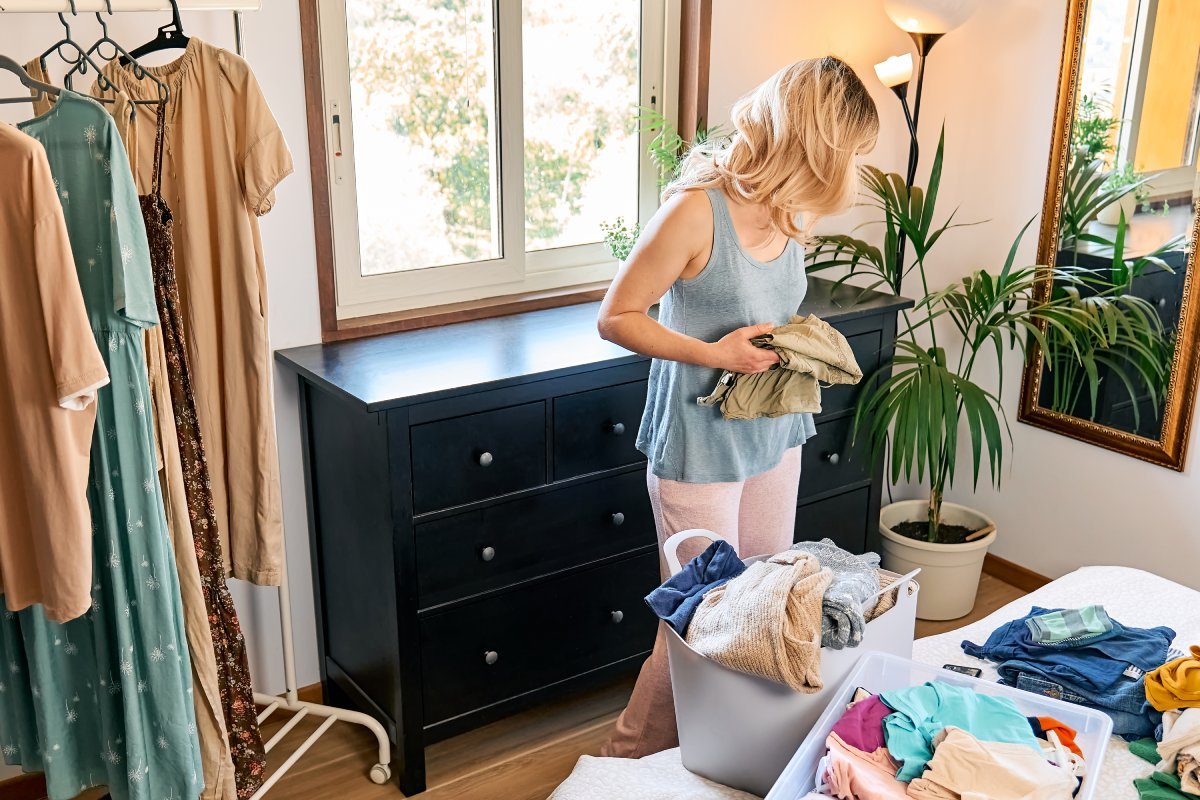
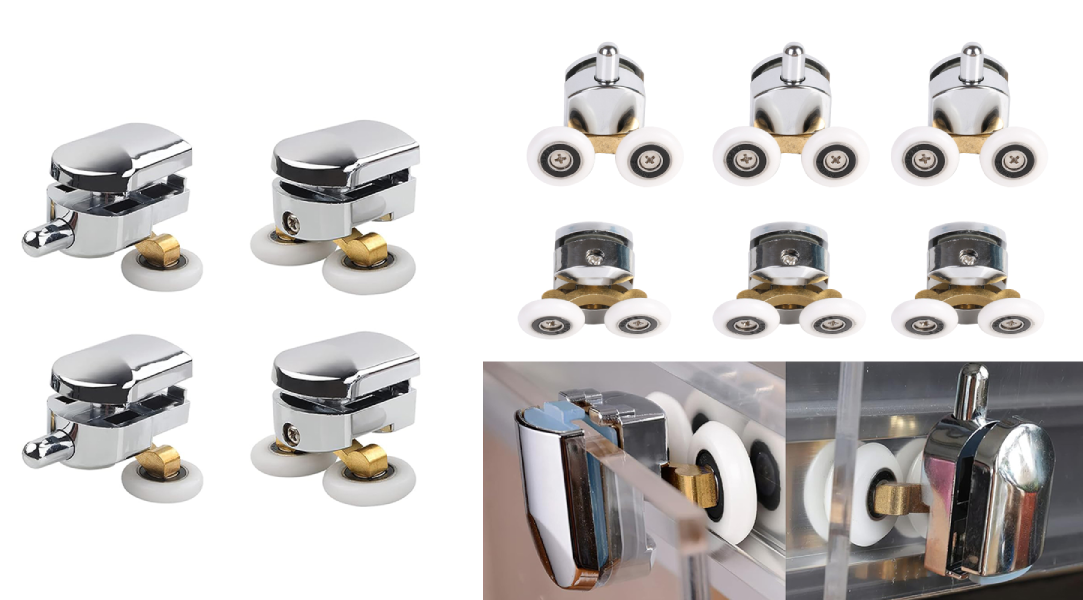
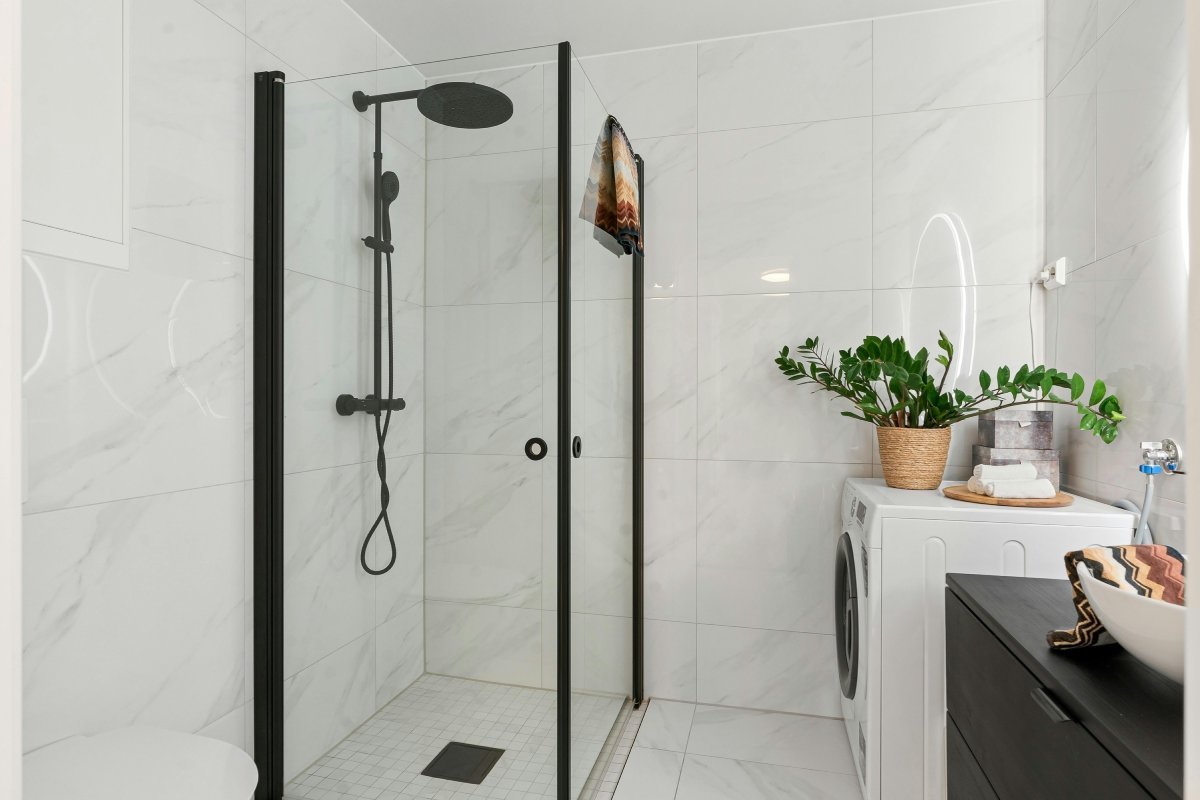
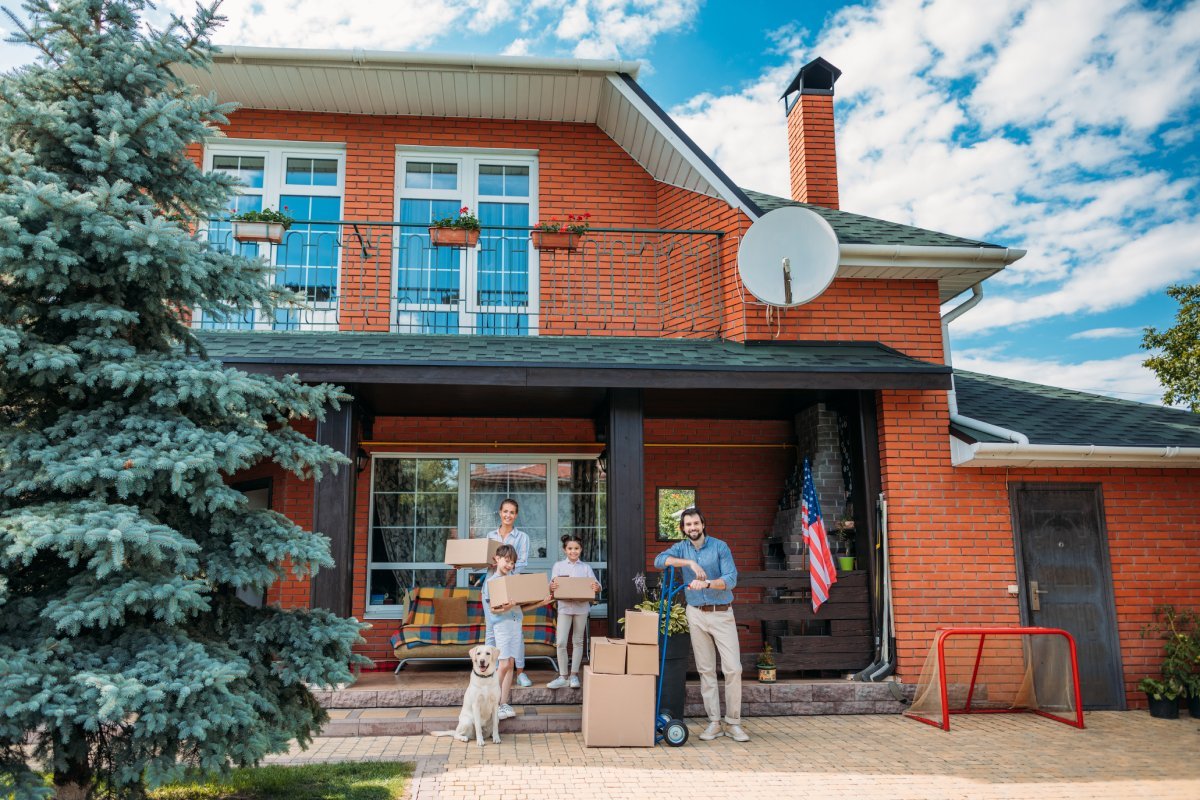

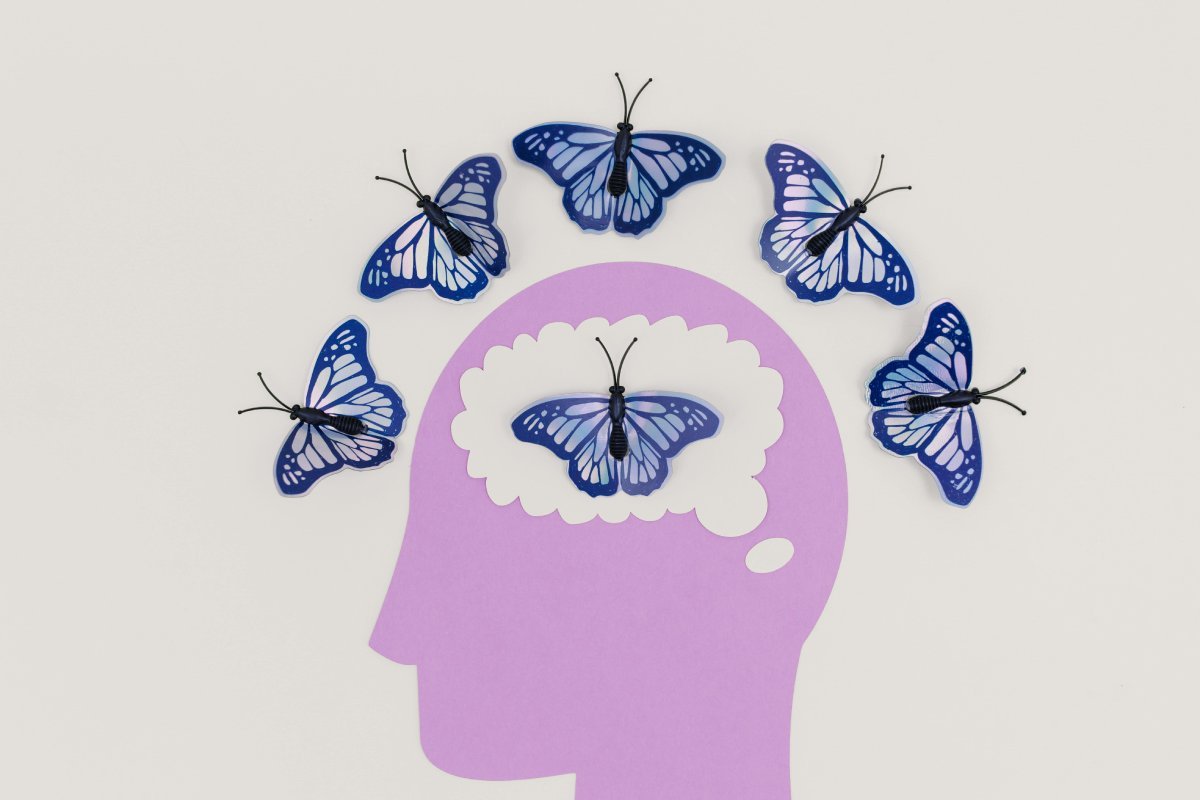
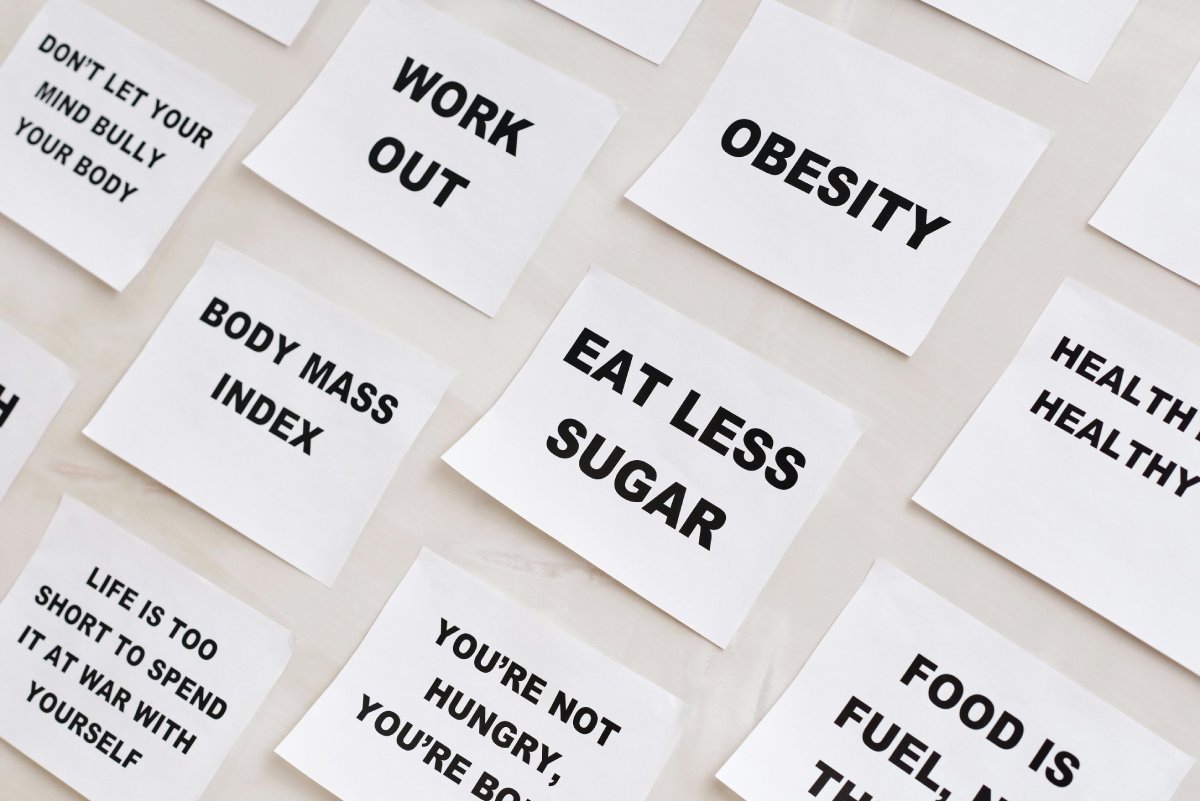
Leave a Reply